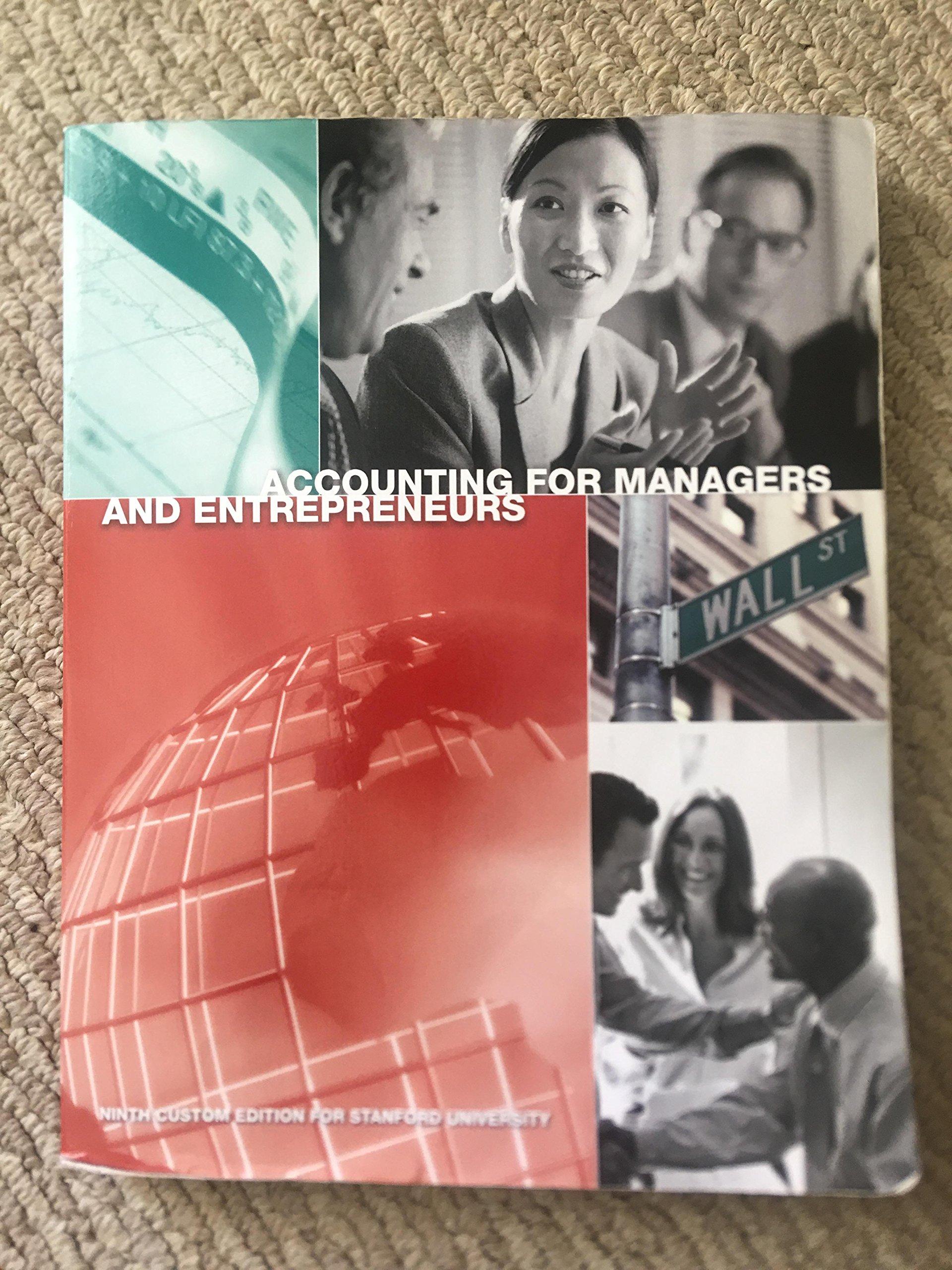Question
Part 1 Use Excel to create a workbook to perform a cost benefit analysis of the project. The workbook should use fixed and variable cell
Part 1
Use Excel to create a workbook to perform a cost benefit analysis of the project. The workbook should use fixed and variable cell references where applicable to support rapid assessment of the business case under different assumptions for interest rates, benefits and costs. The workbook should contain the following worksheets.
Table of Contents - Should describe the purpose of the workbook, list and describe each worksheet in the workbook.
Costs - Should list the implementation and maintenance costs for the project contained in Tables 1 & 2. Please calculate and display the sum for each cost category.
Benefits - Should list the recurring benefits for the project contained in Table 3. You should also calculate and display the sum of all benefits.
Cost Benefit Analysis - Should contain the discount rate, costs, benefits, present value factor, and the present value of costs and benefits for each year of the project. It should also include the Overall Net Present Value (NPV) for the proposed project, which is the net present value of all benefits minus the net present value of all costs.
Part 2
Please answer the following questions using the workbook you created in Part 1.
1. Assume a discount rate of 15%. What is the overall net present value for the project? When will the project break-even? Should EMB move forward with the project and proceed with implementing SAP? Explain your answer.
2. Assume a discount rate of 30%. What is the overall net present value for the project? When will the project break-even? Should EMB move forward with the project and proceed with implementing SAP? Explain your answer.
3. Assume the recurring value of benefits due to increased sales was overly optimistic and net income due to increased sales is only $375,000 instead of $750,000. In addition, assume the benefits due to a reduction in inventory holding costs are only $50,000 instead of $250,000. Assuming a discount rate of 15%, what is the overall net present value for the project? When will the project break-even? Should EMB move forward with the project and proceed with implementing SAP? Explain your answer.
4. Assume the recurring value of benefits due to increased sales was overly optimistic and net income due to increased sales is only $375,000 instead of $750,000. In addition, assume the benefits due to a reduction in inventory holding costs are only $50,000 instead of $250,000. At what discount rate is the project economically feasible? (Please note that the discount rate you calculate must include four decimal places of accuracy e.g. 12.3456%). Should EMB move forward with the project and proceed with implementing SAP? What are the implications of the changes to the economic feasibility of the project? Explain your answer.





Step by Step Solution
There are 3 Steps involved in it
Step: 1

Get Instant Access to Expert-Tailored Solutions
See step-by-step solutions with expert insights and AI powered tools for academic success
Step: 2

Step: 3

Ace Your Homework with AI
Get the answers you need in no time with our AI-driven, step-by-step assistance
Get Started


